Finding a network of dirt tracks in France requires some research and when you locate them the question is how do you know if you are allowed to drive on them? Generally you are allowed to use an existing public lane though look out for the signs that read “Propriété privée” this means private property and you should keep off these lanes.  In France the same rules apply to driving on green lanes as in the UK and many other European countries, drive slowly and in small groups and keep all your litter in your car, the tracks are mostly in good condition but can be dusty and rough in spots particularly if you head into the forested areas.
In France the same rules apply to driving on green lanes as in the UK and many other European countries, drive slowly and in small groups and keep all your litter in your car, the tracks are mostly in good condition but can be dusty and rough in spots particularly if you head into the forested areas.

One of the many graveyards in the region
Good greenlaning (dirt tracks) maps for France include the Memory-Map’s (IGN) 1:25000. These maps clearly identify greenlanes. If you join Codever http://www.codever.fr they will send you a useful booklet which explains where you can legally greenlane. Other useful maps include the IGN bleu Carte de Randonnee 1:25000 These are detailed maps that cover everything down to the narrow pathways, even barns, rivers and springs. If you know where you are going these maps are very useful as every part of France is covered.

The Great War Museum in the town of Albert
Recently we traveled through the north of France and had the opportunity to explore some the regions greenlanes predominantly in the Somme region. A place where 100 years ago the first World war officially ended. Anyone who is in this part of the world should try and visit and see first hand this area and try and experience what so many young men endured during the Great War.

Exploring the Somme region
Etched in the history books as the battle of all battles, in the early morning of 1 July 1916, more than 100,000 British infantrymen were ordered by the British Generals from their trenches North of the Somme River in France.
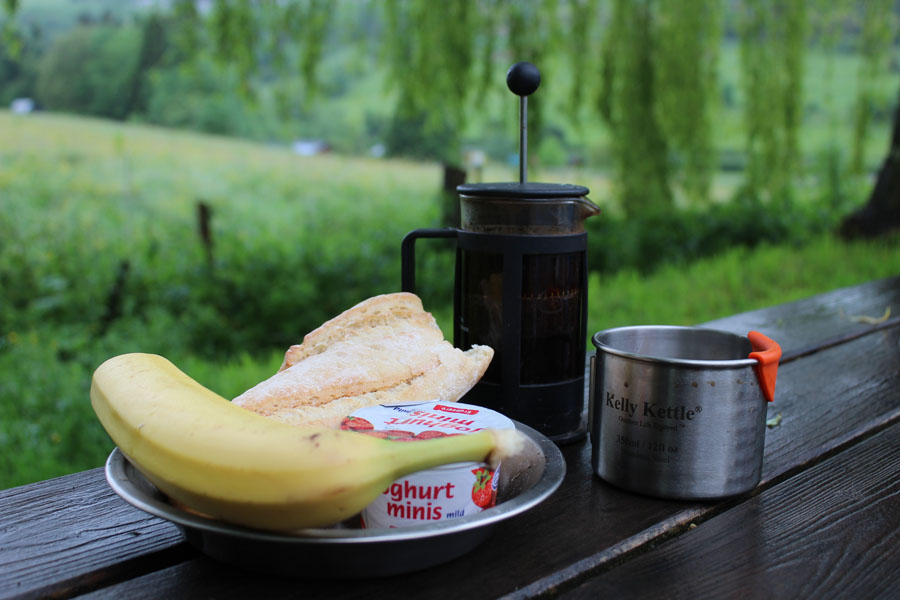
Continental breakfast after a good nights sleep in the roof top tent
The British were annihilated that morning which resulted in thousands of casualties that would go down in history as one of the biggest losses in one day inflicted on any army in the history of modern warfare. Despite the enormous losses inflicted on the first day of the battle of the Somme, the offensive continued until the war came to an end on the 11th of November 2018.

Checking the route
Driving the 4WD tracks through this region is a very humbling experience as you pass graveyard after graveyard with distinctive white and dark grey crosses that dominate the landscape. Many of the inscriptions carved on the crosses read ‘’a Soldier of the Great War Known Unto God’’ and there are huge remembrance memorials built in memory of various allied countries who fought in the many battles in the region.
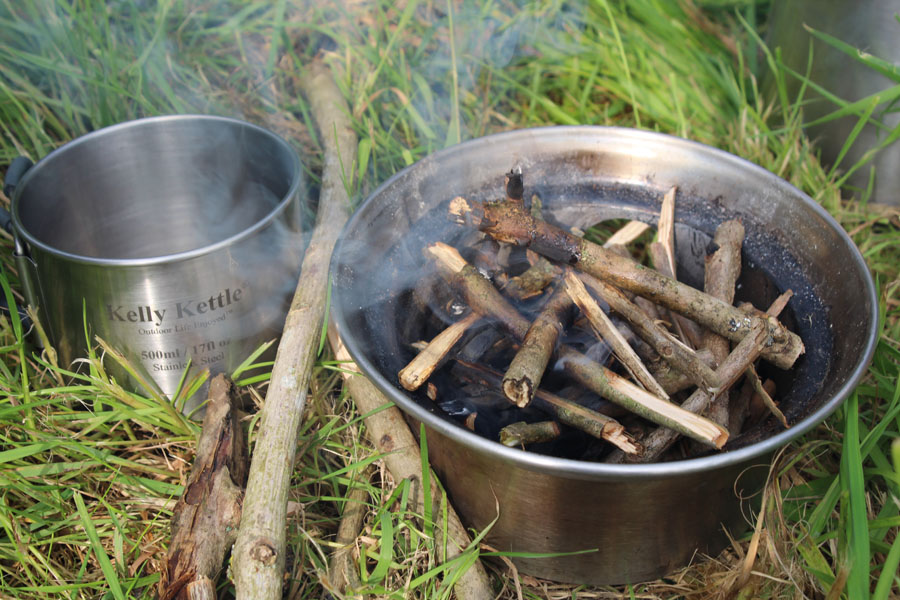
Our Kelly Kettle gets lots of use on our travels
You cannot help but imagine what it was like for the young men on both sides of the trenches who arrived here from all over the world between 1916 -1918.Back in those days most recognisable vehicle that negotiated this muddy landscape during the Battle of the Somme was the British made Mark 1 tank, this was the world’s first tank that took part in combat. The name “tank” was initially a secret code used by the British to maintain secrecy and disguise its true purpose .
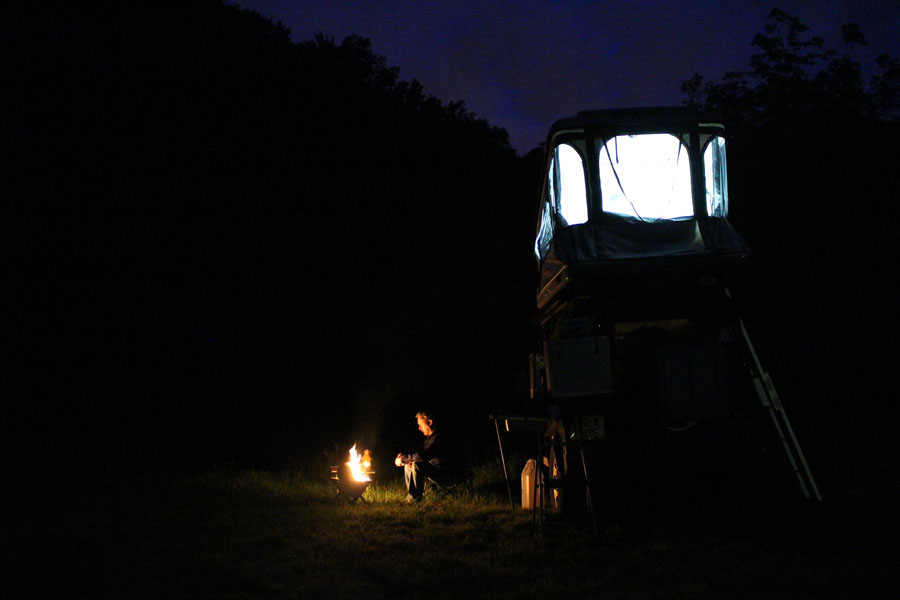
Another perfect camp in the Somme Region
This vehicle was developed in 1915 to break the stalemate of trench warfare. The Mark 1 had a 6 cylinder and 105 horsepower petrol engine, its main benefits included surviving the machine gun and small-arms fire in “No Man’s Land”, being able to travel over the difficult muddy terrain, drive over the barbed wire and cross the gaps between enemy trenches, it was also used to carry supplies and troops through the difficult muddy terrain.
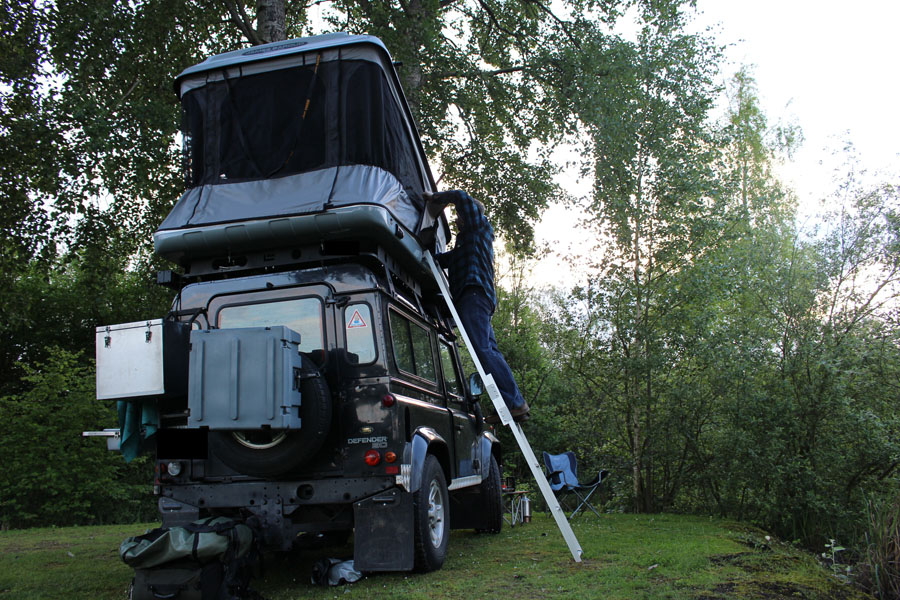
Setting up the James Baroud
You could easily spend a couple of days touring the 4WD tracks in the Somme with so many sites of historical significance and sites of remembrance. The mud in the Somme is very different to anything we ever experienced before, it’s very slippery and heavy.

Ammunition displayed in one of the many Museums in the region
During the battle of the Somme this land was churned up with the constant bombardment of bombs which lead to the land becoming waterlogged with heavy rain and snow and all this resulted in very unpleasant conditions for the men and the vehicles that had to negotiate this very challenging environment.

Choosing where to stay for another night.
A word of caution when driving this region in a 4WD is, make sure you stick to the designated tracks and the 4WD right of ways. It may be just over 100 years since the Battle of the Somme but its legacy and dangers are still very real today, millions of unexploded munitions remaining buried under the topsoil throughout this region. The French and Belgian authorities and military are still cleaning up and discovering tons of bombs every year. So sticking with the established tracks or taking the tour with established 4X4 touring companies, like the Battlefields by 4X4 is well advised considering the potential dangers.
If you decide to visit the Somme region there are a number of options on how to visit these sites with various touring services that include bus tours and tailor made 4WD tours to the battlefields. The main 4WD touring service is called Battlefields By 4X4, they offer 4WD guided tours that are designed to enable small groups to visit battlefields, iconic cemeteries and memorials and access some of the European battlefields of the First and Second World Wars.
They guide you along rights of way, across the battlefields, giving you a unique and informative commentary over CB radio from experienced Battlefield Guides.

Camping at the Les Puits Toumants campsite located beside the Australian memorial
As you explore the off grid tracks in the Somme today, unlike the images you would have seen in the history books, the striking difference between the landscape of Northern France and Belgium and that of 1914-1918 is the colour. Today the fields are bright yellows, greens, with the distinctive red poppies visible throughout the region. During the Great War, the colour would have been predominantly a brown and grey mud dominated landscape with thousands of craters created by the constant bombardment of shells.
But driving through this region in a 4WD and witnessing the battle sites, consisting of the large grassed over craters and trenches,and the magnificent memorials that honour the hundreds of thousands of men who served in this theatre of war really does bring this place to life.
France has a well earned reputation when it comes to campsites with a huge selection on offer. In the Somme region there are a number of campsites that offer a variety of touring pitches for travellers close to the Somme battlefields and the River Somme. We stayed at the Les Puits Tournants campsite located close to the Australian Memorial. Most of the pitches are placed informally in unmarked areas around the dominant fishing lake that is found in the center of the campsite. It’s a great location to set up camp and explore this region.

Time to get the dinner on after a a long day touring the Somme region
You could easily spend a couple of days touring the 4WD tracks in the Somme with so many sites of historical significance and sites of remembrance. It is a very humbling experience and like one we have never experienced before. We highly recommend anyone who will be touring in the North of France or close to it to go and visit this place a place and a time that should never be forgotten.

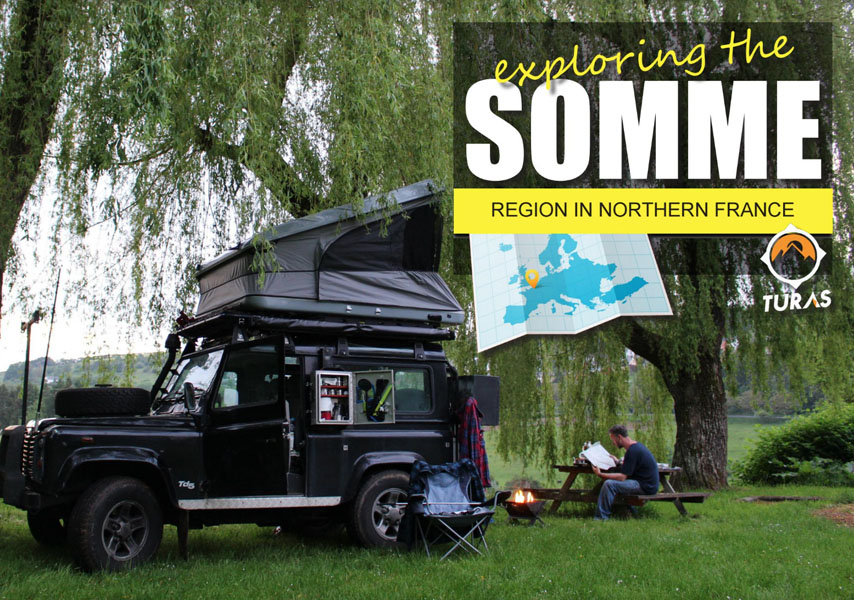
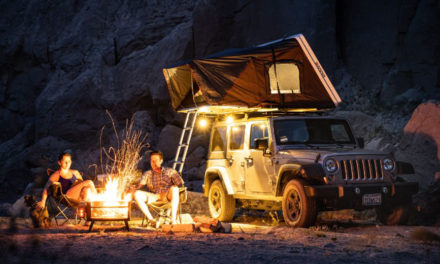
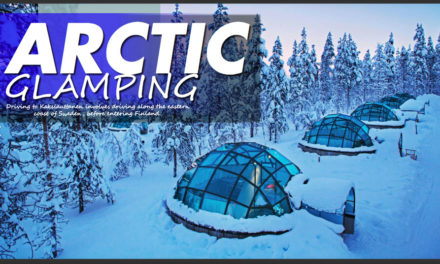
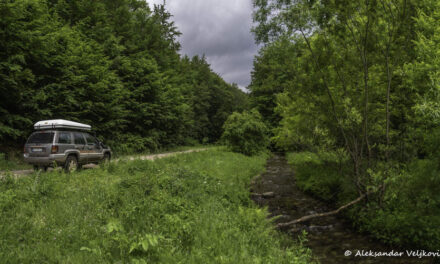
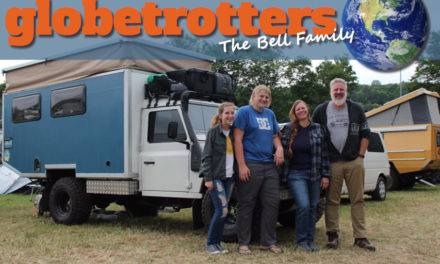
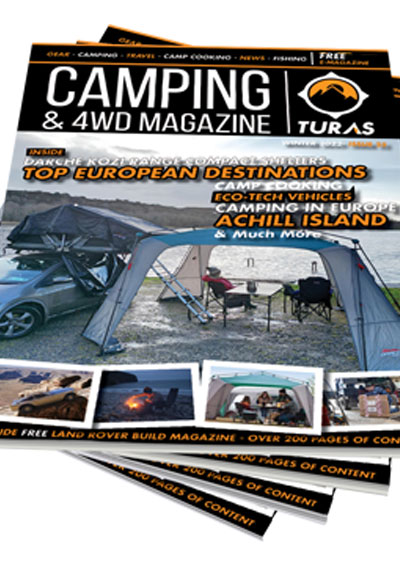

Recent Comments